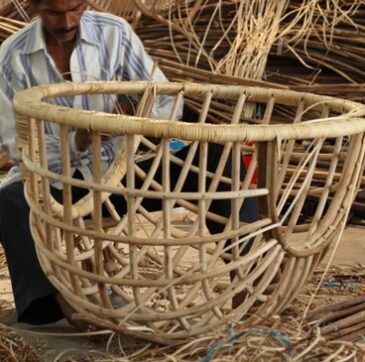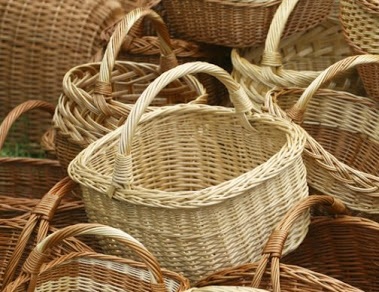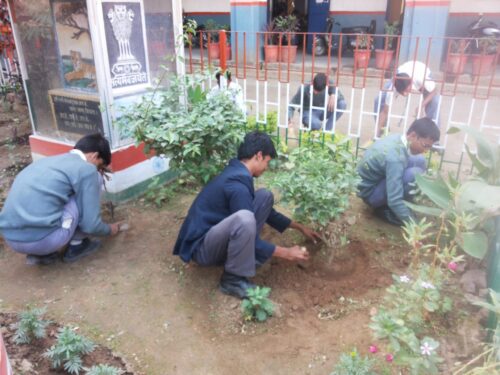India has a vibrant tradition of crafts. Though agriculture employs largest number of people in this country, craft section employs and sustains over twenty million people.
Communities employed in crafts work remain with widely differing work structure and cultures. These communities use vide varieties of materials that range from clay to precious metals to create rich varieties of forms and shapes.
Acknowledging the importance of handicrafts in India the National Curriculum Framework – 2005 sought to integrate it into the school curriculum and formed a National Focus Group on Heritage Crafts. It includes several recommendations.
It concludes that Indian craft and its millions of practicing craftspeople are a huge and important resource of traditional knowledge and indigenous technologies. These could add value to the educational system in a number of ways.
It was suggested that Indian Crafts should be taught as a theoretical social science with a strong component of field study and applied creative activity.
Many skills can be developed among students through learning of crafts. These include the consideration of relationship between the student and his/her environment and the inter-dependence of skills. These skills include-
- societal skills,
- information processing skills,
- reasoning skills,
- enquiry skills,
- creative skills,
- entrepreneurial skills and
- a work related culture.
Citizens of today are expected to face challenges of the fast changing world side by side preserving their own cultural cassettes, traditions and values. Hence it is important to provide chances to students to learn about crafts specially practiced at local levels.
Following are the aims and objectives of teaching crafts to school children –
- to understands the critical role of the crafts community and its integral relationship to the Indian society.
- to enable students to understand the relationship between economics, culture and aesthetics,
- to enable students to explore the linkages between environment, craft traditions and society through field studies,
- to develop a respect for the diversity of Indian craft traditions and to uphold the dignity of its practitioners by understanding the difficulties that they face,
- to introduce Indian culture through the crafts, so that school students appreciate the variety of skills and expressions of the Indian artist
- to provide students a creative aesthetic experience of the unique visual and material culture of India and develop values of conservation, protection of the environment, resources and heritage of the country,
- to enable students to understand the relationship between tradition and contemporary trends, form and function, creator and consumer.
- to understand the processes of creating a craft object from start to finish, and
- to equip students with the tools to extend craft traditions to wider applications through applied crafts.
Every state has its own crafts. Being a tribal state, most of the craftwork in Jharkhand reflects the tribal culture.
Various crafts of this state include bamboo crafts, woodcrafts, Pitkar paintings, tribal ornaments and stone carving. Pitkar paintings and stone carving are other crafts of the state that attract the people across the country. The tribal ornaments are specific crafts of this state and these attract the attention of people and demonstrate the traditional heritage of tribal people who live here.

Tribal people of this state are experts in making toys of soft wood depicting images of various birds and wild animal. Different tribes and craftsmen of the state are also experts in depicting rich cultural heritage through their craftsmanship. Different categories of crafts of Jharkhand include – Wooden Crafts, Bamboo Works, Metal Works, Stone Carvings, Ornaments, Toy Making, and Tribal Crafts.
Crafts, tribals, Jharkhand
Image Credit handicraftphotos, Jharcraft.in




